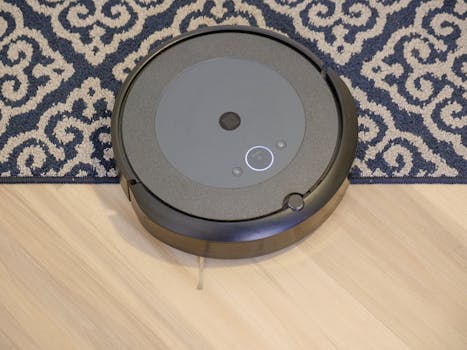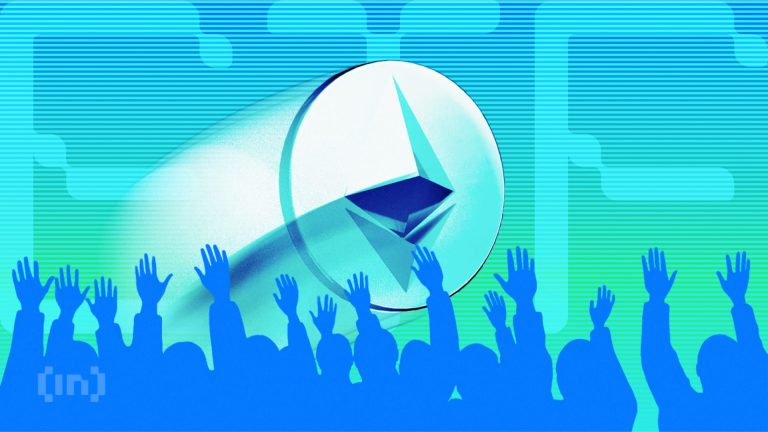
Smart Homes and Smart Living: The Technological Transformation of European Homes by 2025
Smart Homes and Smart Living are revolutionizing the way Europeans live, work, and interact with their homes. The integration of cutting-edge technology, such as artificial intelligence, IoT devices, and home automation systems, is transforming the European home into a hub of convenience, efficiency, and sustainability.
Introduction to Smart Homes and Smart Living
Smart homes and smart living refer to the use of advanced technology to create a more comfortable, secure, and efficient living environment. This includes the integration of various devices and systems, such as thermostats, lighting, security cameras, and entertainment systems, which can be controlled and monitored remotely through a smartphone or tablet.
The concept of smart homes and smart living is not new, but it has gained significant momentum in recent years, driven by advancements in technology and changing lifestyles. With the rise of the Internet of Things (IoT), it is now possible to connect and control various devices and systems in the home, creating a seamless and integrated living experience.
The Benefits of Smart Homes and Smart Living
The benefits of smart homes and smart living are numerous, and include:
- Increased convenience: Smart homes and smart living offer unparalleled convenience, allowing homeowners to control and monitor various devices and systems remotely.
- Improved efficiency: Smart homes and smart living can help reduce energy consumption and improve energy efficiency, resulting in cost savings and a reduced carbon footprint.
- Enhanced security: Smart homes and smart living offer advanced security features, such as motion detection and alerts, which can help prevent crime and protect homeowners and their families.
- Improved health and wellness: Smart homes and smart living can help improve health and wellness by monitoring and controlling indoor air quality, temperature, and lighting.
The Future of Smart Homes and Smart Living in Europe
By 2025, smart homes and smart living are expected to become the norm in Europe, with over 50% of households adopting smart home technology. This will be driven by advancements in technology, changing lifestyles, and government initiatives to promote energy efficiency and sustainability.
The future of smart homes and smart living in Europe will be shaped by several key trends, including:
- The growth of the Internet of Things (IoT): The IoT will play a critical role in the development of smart homes and smart living, enabling the connection and control of various devices and systems.
- The adoption of artificial intelligence (AI): AI will be used to analyze data and make decisions in smart homes and smart living, improving efficiency and convenience.
- The use of blockchain technology: Blockchain technology will be used to secure and authenticate data in smart homes and smart living, ensuring the integrity and privacy of homeowner data.
Conclusion
In conclusion, smart homes and smart living are revolutionizing the way Europeans live, work, and interact with their homes. By 2025, smart homes and smart living will become the norm, offering unparalleled convenience, efficiency, and sustainability. As technology continues to evolve, it is likely that smart homes and smart living will become even more integrated and sophisticated, transforming the European home into a hub of innovation and excellence.
Focus Keyword: Smart Homes and Smart Living
The focus keyword for this article is Smart Homes and Smart Living, which is expected to become a major trend in European homes by 2025. The integration of cutting-edge technology, such as artificial intelligence, IoT devices, and home automation systems, will transform the European home into a hub of convenience, efficiency, and sustainability.






